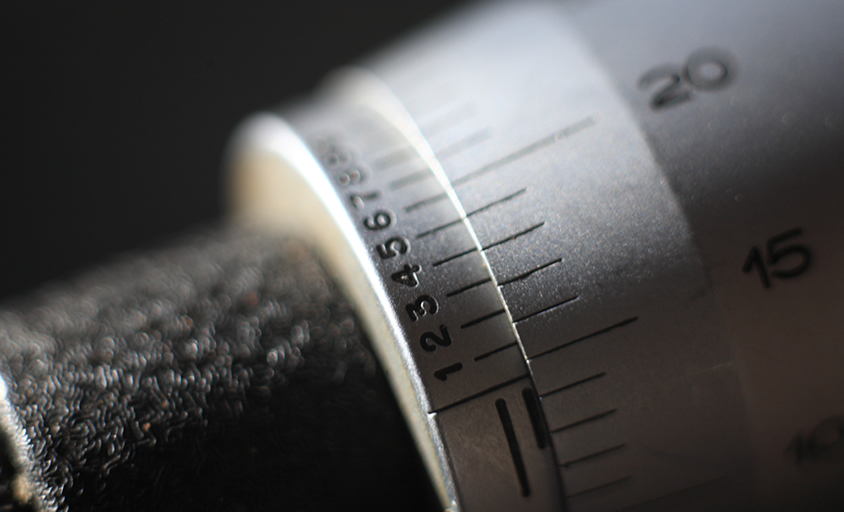What do you get when you bring a clinician with an idea together with a partner who knows medical device development from start-to-finish?

This is no riddle: you gain the power to breathe life into new medical innovations. Product and business development history is rich with stories where someone with an idea connected with a design expert to help build it in a workshop. Clinicians are ultimately closest to the stumbling blocks presented by technology, but frequently do not know how to fix it, or how to turn their idea into a functioning product.
Together, we can bridge that gap.
Most medical innovations are a team effort. Successful products are rarely accomplished by a single individual. Medical device product development depends on a carefully structured iterative approach, executed with precision, that builds success through successive small breakthroughs, driven by grit, determination, perseverance, and sometimes a little luck.
Further, innovations in health care typically demand more out of product design and development than many other fields. These projects require advisors who can simultaneously (1) bring proficiency in multiple engineering disciplines (2) that can be synergistically integrated together in order to (3) help brainstorm and create options to solve the problem and, as a technology looks promising and a solution emerges, (4) advise on commercialization possibilities.
That is, in part, how Medical Mechatronics was born. After three different friends of the founder asked for help developing a new medical product or system, where they needed someone with the right combination of skills, expertise, and resources to collaborate with – we realized there may be a broader need.
Life Cycle Services: How the Process Works
In an ideal world, after some preliminary business viability analysis, product or system development would progress linearly from idea, to proof of concept, to prototype, and then onto production. The real world is more complicated and often convoluted. More often than not, ideas require numerous iterations – and sometimes outright do-overs – before demonstrating sufficient viability to continue further in refinement and prototyping.
Hopefully a proof of concept will demonstrate an idea is viable and worthy of further investment, but it’s not unheard of to fall backward anywhere in the development process, even back to the beginning. Though potentially frustrating, these attempts often teach the most and move us forward more than we realize. By learning why we stumble, we can refine and iterate to figure out a better, more well-thought-out next version, before moving to prototyping and more extensive testing. In the end, working out problems early in the design process reduces overall risk.
Throughout this process, what makes the biggest difference is an expert and experienced guiding hand nurturing the product in its early development life cycle.
Medical Mechatronics can assist from A to Z. We are small and nimble, and we work tightly with the people closest to the problem. Dealing with, and working through, ambiguity is a fact of patient care and something we’re accustomed to, as is making decisions with incomplete information and a limited view of the variables involved. We identify where the risks are, how to mitigate them, and determine the best step forward, toward successfully turning your idea into a finished product.
Concepting
- Articulating problem(s) we’re trying to solve
- Identifying opportunities
Brainstorming - Outlining skills potentially required for early stage development work
- Conducting feasibility analysis
- Scoping potential business and funding needs
- Producing proof of concept
Research
- Conducting preliminary product and technology research*
- Reviewing prior art and intellectual property
- Identifying what might require the most investigation
Design
- Mechanical and electronic engineering
- System architecture and high-level components
- Computer Aided Design (CAD)
- Hardware
- Software
- Coding
Prototyping
- Micro-machining
- Tooling Design
- Solid modeling enabling 3D printing and rapid prototyping
- Sub-contractor or vendor management
- Assembly
- Bench testing
Iterating
- Returning to concepting and rethinking design, as necessary
- Bringing in additional capabilities, as needed
- Evaluate needs for further developed prototype
Commercialization
- When the time comes, develop business strategy, help secure investors, pilot production, regulatory submission, human studies…
- Factory sourcing
- Guidance to getting started with production
- Next round product development
- Strategic business partnerships
- Business, funding and manufacturing planning